| Your browser is not supported. | ||
|
Please browse our site using any of the following options:
| ||
A Beginner's Guide To Soft Plastics
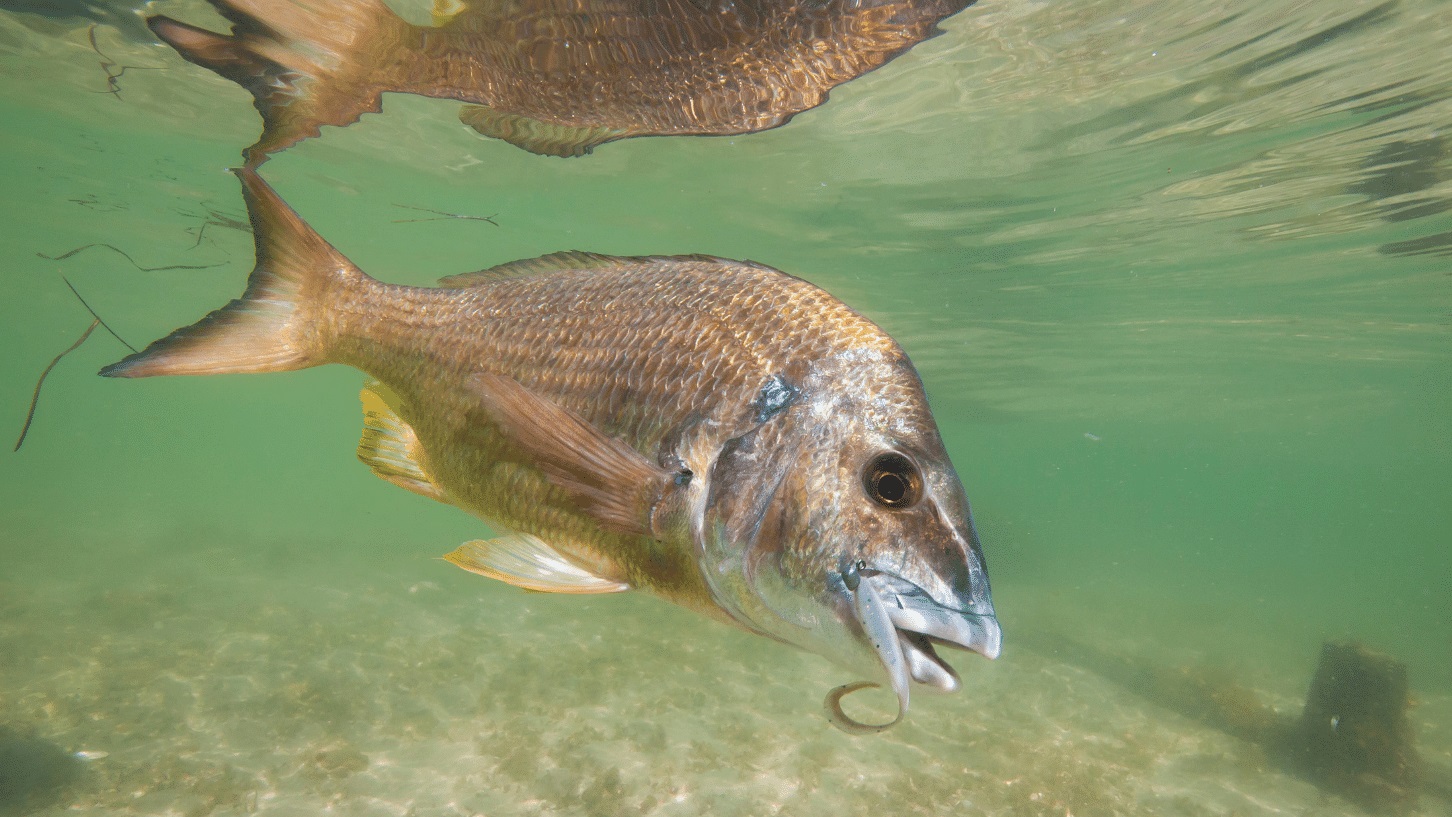
Soft plastic fishing has proven incredibly popular among anglers both in Australia and across the globe, and for good reason too. Fish love soft plastics, and given their versatility, affordability and ability to easily mimic real food sources, it's of little wonder anglers have taken to them with aplomb. Soft plastics come in a wide variety of shapes, sizes and colours, making them versatile lures that can mimic different types of prey. This versatility allows anglers to target a wide range of fish species in various conditions.
Overall, the popularity of soft plastics in fishing can be attributed to their effectiveness, versatility, and convenience for anglers. But if you're dipping your toes in for the first time, it can be a little tricky to know where to start. Paddle tails, jerkshads, curl tail grubs - for the uninitiated, it can sound like a foreign language! But with a little guidance, you'll be surprised just how easy it is to start fishing with soft plastics.
Quick Links
- What Are Soft Plastics?
- Soft Plastic Shapes
- Soft Plastic Retrieves
- How To Choose Soft Plastic Colours
- Jigheads
- How To Rig The Jighead
- When & Where To Fish Soft Plastics
What Are Soft Plastics?
Soft plastics come in a wide array of shapes and sizes and can be used to target many fish species in just about any environment. Because of their soft bodies, when they're drawn through the water they can be made to 'swim' much like the fish's prey. What's more, because the soft plastic they're made from is so simple to mould, it's easy to produce a huge number of variations - from paddle tails and minnows to creatures and frogs. This has enabled anglers to more accurately mimic what the fish are feeding on. Adding glitter, scents and colours all help to create an irresistible proposition for your quarry. And unlike bait, soft plastics won't go off (they can deteriorate if they're not stored correctly though). Soft plastics can be rigged in a variety of ways to fish at just about any depth. This makes them more versatile than hardbody lures that are made to be fished at specific depths throughout the water column. What depth you fish your soft plastic largely depends on the jighead you use and the technique you implement.
Soft Plastic Shapes
Because there are so many variants of soft plastics, it can be hard to know which to use if you're just starting out. Two great options for beginners are paddle tails and curl tail grubs - these are effective, versatile and easy to use. Once you get the hang of it, you can begin to experiment with different varieties like creatures and jerkshads. You will also learn to experiment with colours during various conditions, but more on that later.
Paddle Tails
Paddle tails are considered the 'go-to bait' for many different types of anglers, as their small size is perfect for when you just need a bite. Paddle tails are defined (unsurprisingly) by their distinctive round, paddle-shaped tails. When the lure is retrieved, the tail beats back and forth as the lure moves through the water, creating motion and vibrations that fish find very appealing.
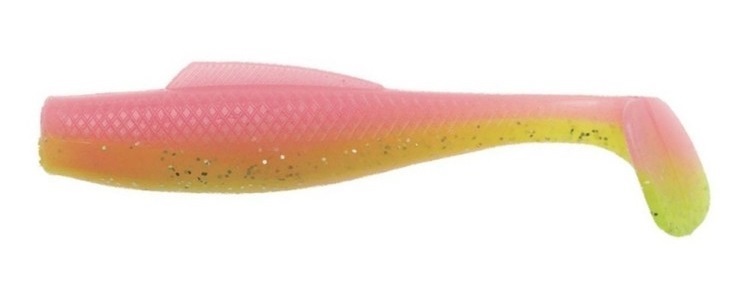
Curl Tail Grubs
As you would expect, curl tail grubs also get their name from their distinctive tail. They're made up of a small body with a large flat tail that curls up behind them. The tail moves back and forth in the water and looks much like a worm or grub when sitting on the bottom. One of the main attractions to using curl tail grubs is that they are incredibly easy to use and they have a generic shape which is perfect for imitating a vast variety of prey items.
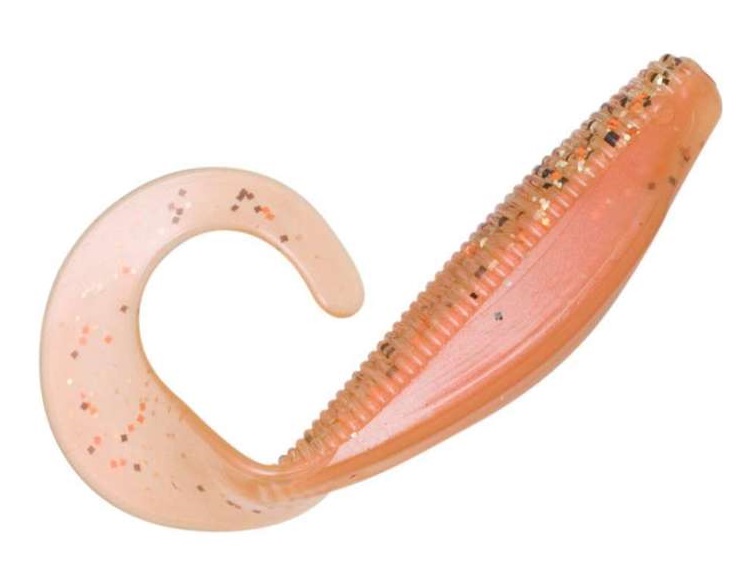
Creatures
Creatures come in an array of shapes and sizes and are made to resemble anything from beetles to yabbies and frogs. They usually feature wobbly legs, antennae and the like which move in the water and work well to attract fish. These are best fished using slow retrieves, working one section of water at a time.
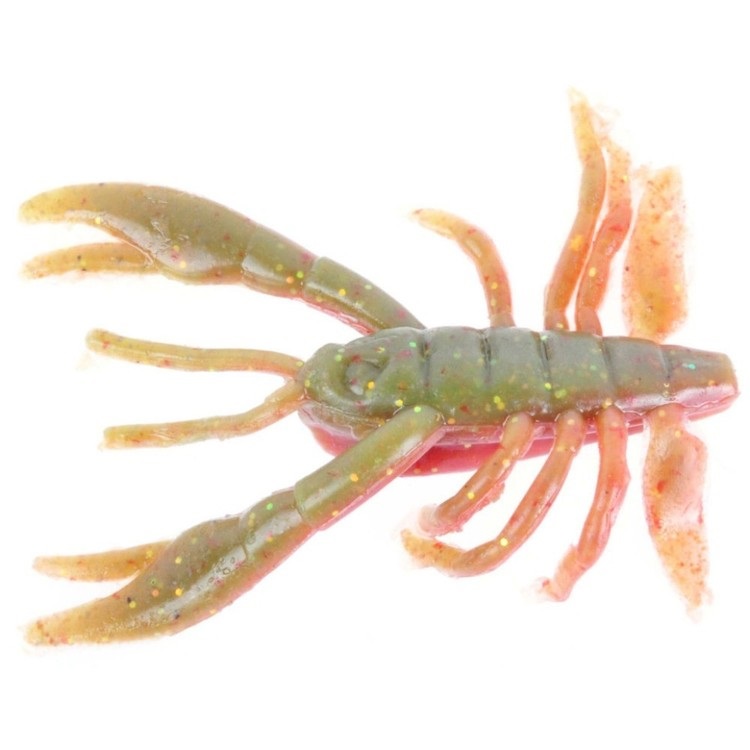
Jerkshads
Unlike many other styles of soft plastics, jerkshads don't have a whole lot of action (motion in the water) of their own. Instead, they require a 'jerk' on the line which causes the lure to dart around erratically through the water, resembling a wounded or struggling baitfish. Jerkshads are good to use with high-speed retrieves as this causes the straight tail to vibrate through the water. They also sink fast due to their shape and are popular for offshore fishing for this reason.
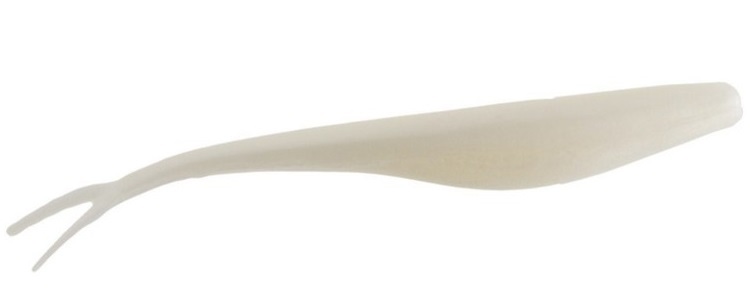
Soft Plastic Retrieves
Soft plastic lures are super-effective. They look real, feel real and can be scented to smell real. It's of little wonder fish can't get enough of them. They do require some angler input to make them attractive though, which is where the importance of retrieval techniques comes into play.
Let's look at a few popular retrieves and when to use them.
Slow Roll
Probably the easiest retrieve of all is the slow roll. A great soft plastic to try this with is a paddle tail. The aim here is to have the lure swim along just like a bait fish, as you move the soft plastic through the water, the tail will work back and forth.
Here's how:
- Cast the lure out and wait until it sinks to the bottom. Watch your line and once it goes slack you know your lure is on the bottom.
- From here, lift your rod tip slightly and slowly wind the lure back in. The plastic will stay close to the bottom with the tail beating back and forth. It's often a good idea to pause now and again to allow your lure to drop back down to the bottom.
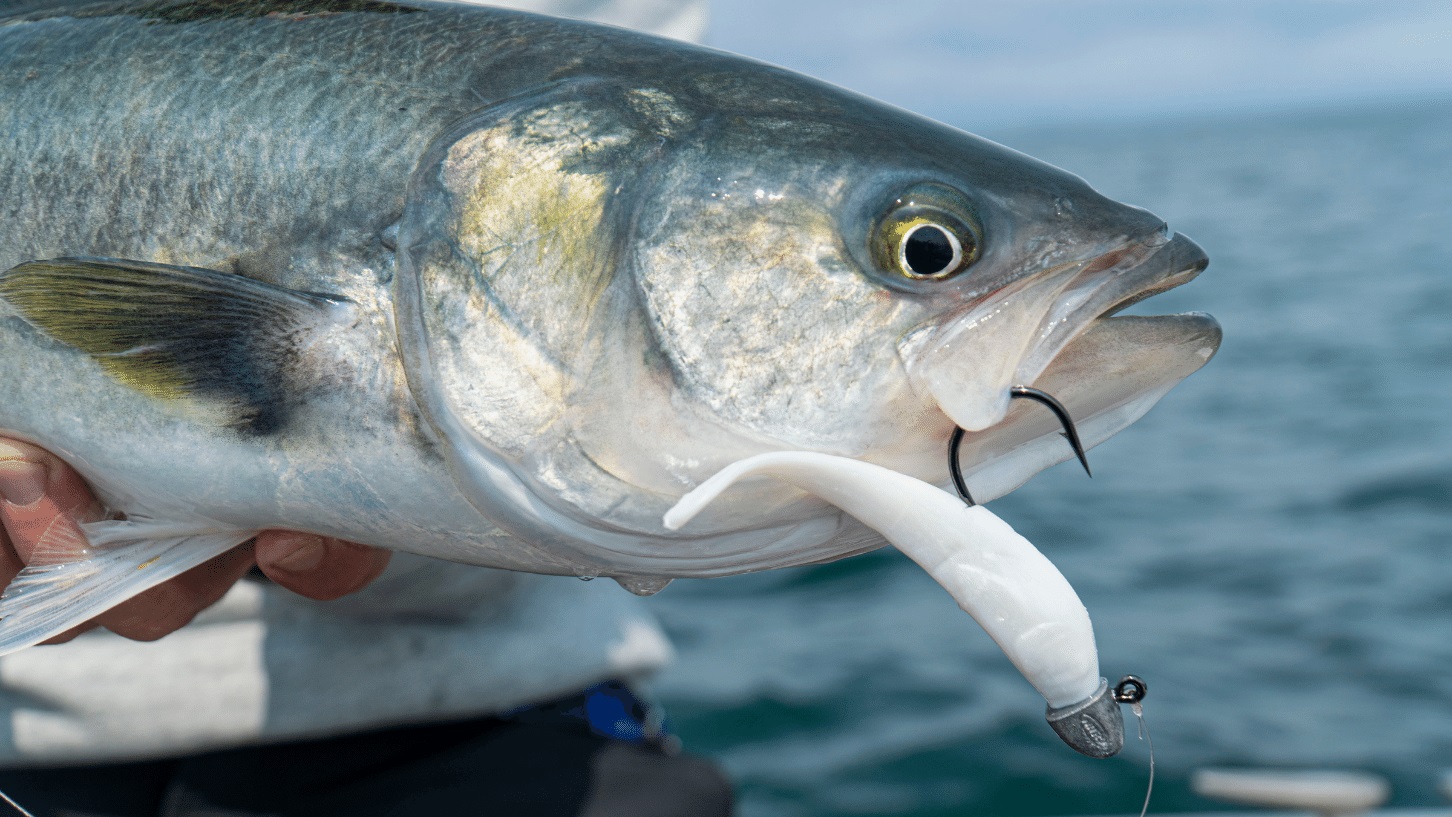
Burn And Kill
This retrieve is also great when using a paddle tail. Unlike the slow roll, the burn and kill is about speed. It's made up of a quick retrieve (the burn), interspersed with a few pauses (the kill). The aim is to trigger an aggressive feeding response in the fish - so be ready for some big strikes!
Here's how:
- Like the slow roll, cast the lure out and wait until it sinks to the bottom. Watch your line and once it goes slack you know your lure is on the bottom.
- Wind the lure in at speed, then pause to let the lure drop. Vary the speed of the burn, and duration and frequency of the kill, until you find what works on the day.
Hop And Stop
This works best when you cast your fishing rod into the current, i.e., so the water is flowing towards you. The hop and stop mimics a small crustacean, grub or larvae and a great option is to use a curl-tail grub.
Here's how:
- Like the other retrieves, cast the lure out and wait until it sinks to the bottom. Watch your line and once it goes slack you know your lure is on the bottom.
- Next, simultaneously lift the tip of the rod sharply (though try not to yank) and wind the reel handle a couple of times, this will cause the lure to hop along the bottom.
- Once you've lifted the rod to around 60 degrees, drop the rod tip to allow the lure to fall again. As this happens, try to take up any slack by slowly retrieving the line - stop as soon as you feel any tension.
How To Choose Soft Plastic Colours
As tends to be the case among most fishing gear nowadays, the range of soft plastic colours on the market is incredibly vast. This can make it a little daunting to know which colour is best for a particular species or style of fishing. However, there are some general rules of thumb you can follow though.
Natural Colours
These are the colours that closely replicate baitfish such as Sardines, Pilchard, slimy Mackerel and the like and are proven winners in clear water and bright days when visibility is high. Natural colours also work well in a variety of water conditions and can attract a wide range of fish species. As a bonus, in clear or calm waters, natural colours can appear more subtle and less intimidating to fish, increasing your chances of a successful catch.
Dark Colours
When water clarity is low and overcast or low light conditions abound, opt for darker soft plastics like brown, dark green and black, as they provide a stronger silhouette in the water column. This is particularly good to know when fishing for low-lying species such as Flathead that look up in search of food. In certain situations where you want to minimise the visibility of your bait, such as when fishing for highly pressured or wary fish, dark soft plastic colours can be less conspicuous. Dark colours can also absorb and retain more heat from sunlight. This can be advantageous in cooler water conditions as it may make your bait feel warmer and more attractive to fish.
Fluoro Colours
There's a good chance you've come across some soft plastic colours that wouldn't look out of place on psychedelic art pieces. These are your go-to experimental types that will often unlock finicky fish that have passed up your natural and dark offerings. Whether they encourage a reactionary bite from curious fish or aggravate your target species enough into an all-out attack, these fluoro soft plastics are proven performers. Fluorescent soft plastic colours are highly visible underwater, even in low-light conditions. This increased visibility can help fish spot your bait from a greater distance, which can be beneficial when you want to cover more water or attract fish from a distance. In deep water, fluorescent colours may maintain their vibrancy and visibility better than other colours, making them a good choice for deep-water fishing.
However, the effectiveness of soft plastic colour choice can vary depending on factors like water clarity, weather and the specific behaviour of the fish you're targeting. It's essential to experiment with different colours and adapt your bait selection to the conditions and the fish's preferences on the day you're fishing.
Jigheads
Unlike a hardbody lure, soft plastics require a jighead. This is essentially a weighted hook that the lure is threaded onto. On a standard jighead, the weight is toward the front of the hook and performs much the same role as a sinker when bait fishing - it helps in both casting and fishing the lure at the required depth. There are several types of jighead but to get you started let's take a look at what to consider when selecting a standard type. Variables to think about include weight, the size of the hook and the gauge of the hook.
Jighead Weights
Jigheads vary in weight to suit everything from small stream fishing to offshore fishing and can be anywhere from 1/60oz to around 8oz. When selecting a jighead weight it's important to think about where in the water column the species you intend to target usually feed. It's a good idea to carry a selection of weights to allow you to experiment and work out which weights work best for you.
Here are some popular weights for different species and situations:
- Flathead - 1/8oz, 1/4oz, 3/8oz, 1/2oz
- Bream - 1/20oz, 1/16oz, 1/12oz, 1/8oz, 1/6oz, 1/4oz
- Snapper - 1/8oz, 1/4oz, 3/8oz, 1/2oz, 3/4oz, 1oz
- River - 1/16oz, 1/8oz, 1/4oz, 3/8oz, 1/2oz
- Offshore - 1/8oz, 1/4oz, 3/8oz, 1/2oz, 1oz, 1 1/2oz, 2oz
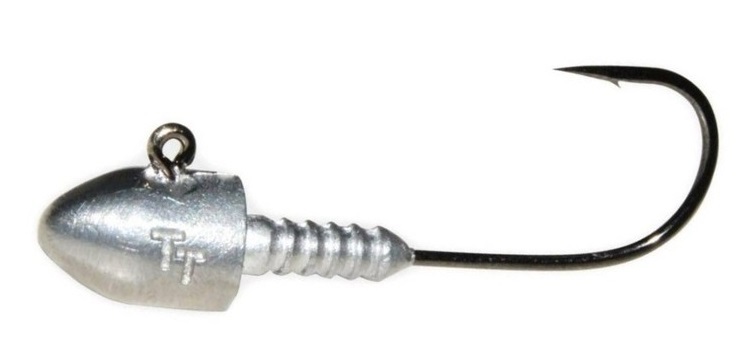
Hook Size
It's important to select a hook size that suits your target species and then select a plastic that suits the hook size (and target species). If you lay the soft plastic and the jighead side by side, the curve of the hook should sit right around the middle or just before the middle of the lure. If the shank of the hook is too long it may inhibit the movement of the lure in the water. Conversely, if the shank of the hook is too short, the fish may miss the hook altogether as they often strike from behind.
Jighead Gauge
Standard jigheads usually come in three gauges - light, heavy and extra heavy (you'll see an 'L', 'H' or 'XH' next to the hook size on the packet). Generally speaking, a heavy gauge is a solid choice for beginners as although the light gauges offer better penetration, they are not as strong and are better suited to more experienced fishos.
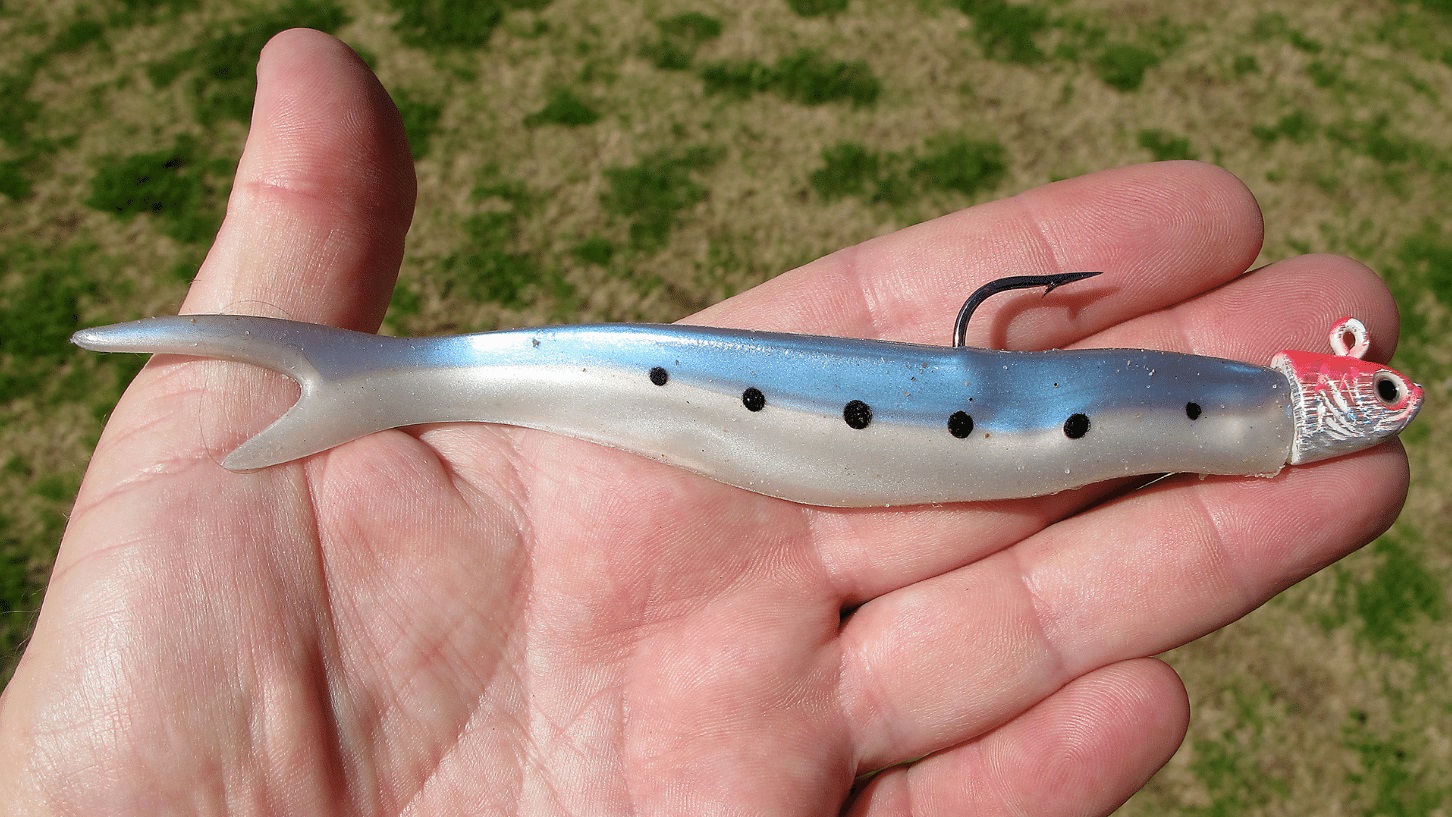
A big part of why fish find soft plastics so appealing is the way they move in the water. With this in mind, it's super important to rig it correctly to make sure the lure is moving as intended.
Here's how:
- Lay the jighead alongside the soft plastic so that the tops sit flush with one another.
- Mark a spot on the lure where the point of the jig hook should be pushed through (no more than halfway along the lure).
- Push the point of the hook through the head (top) of the plastic, making sure it is right in the centre.
- Thread the hook through the middle of the soft plastic until the point is exactly beneath your mark on the lure.
- Push the hook through the plastic.
- Push the plastic tail back down along the jighead until the top of the plastic sits against the lead head.
- Make sure the hook is lure is straight and the hook is centred.
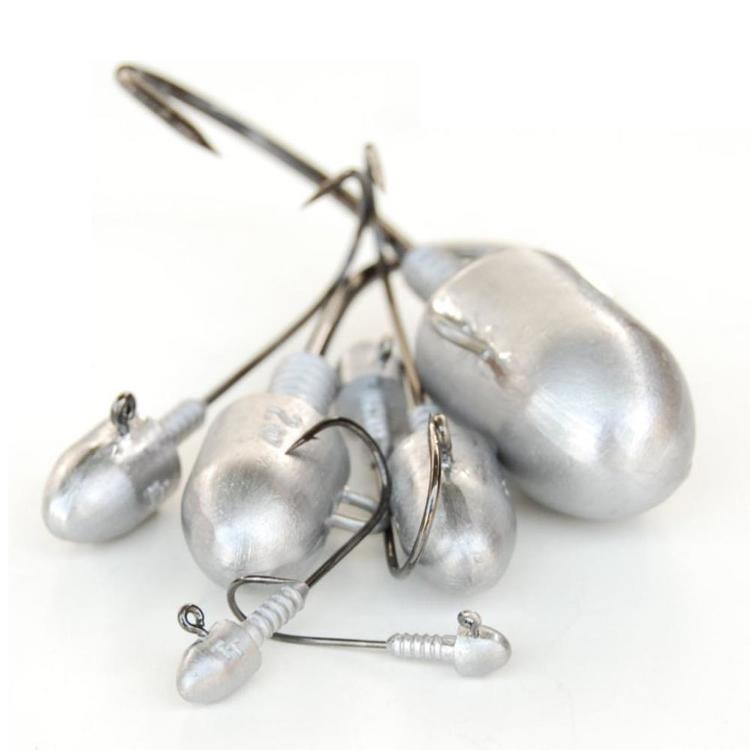
When & Where To Fish Soft Plastics
It's safe to say that soft plastics can be fished effectively anytime, anywhere. These highly versatile fishing lures have proven successful in both fresh and saltwater applications across the globe and will tempt everything from micro Trout to giant Trevally. They can be fished around structures, in open water, among the shallows and down deep, so the possibilities really are endless. And when you consider the fact that one soft plastic body can be paired with a range of jighead weights and sizes, it's easy to see why many anglers have ditched bait altogether. For the more active fisher, who prefers to stay mobile and find the fish, rather than bait and wait, soft plastics are a no-brainer, as their applications are only limited by your imagination.
Soft plastics offer unrivalled versatility and effectiveness and with a bit of practice, they open up a range of new fishing opportunities and experiences. If you're not successful straight away, try changing up your technique, the colour of your plastic or the jighead weight. When it comes to lure fishing, be open to experimentation and a lot of trial and error. Once you do crack the code on any given day, it's incredibly rewarding, and you will reap the benefits. Not heading home with smelly hands is also a nice change from bait fishing. Remember, you're out there to enjoy yourself so relax, take your time, and you'll hook a big one before you know it.
Starting Experimenting With Soft Plastics Today!
Now that you have an understanding of the different types of soft plastics, all that's left is to go out and try them out! Before you head out though, make sure you check out our Adventure Centre for more helpful tips as well as exciting destinations that you can visit with your friends, family and loved ones. If you liked this beginner guide to soft plastics, then you might also like some of our other helpful articles for fishing tips such as:
- Top 10 Lures For Catching Trout
- Murray Cod Tips & Tricks
- Picking The Right Cod Reel
- Guide To Remote Fishing
Find your local Anaconda store and check out our extensive range of fishing for your next outdoor adventure